Electric ferries are becoming the next big environmental trend
From Hong Kong to Lake Tahoe, electric ferries are the new wave

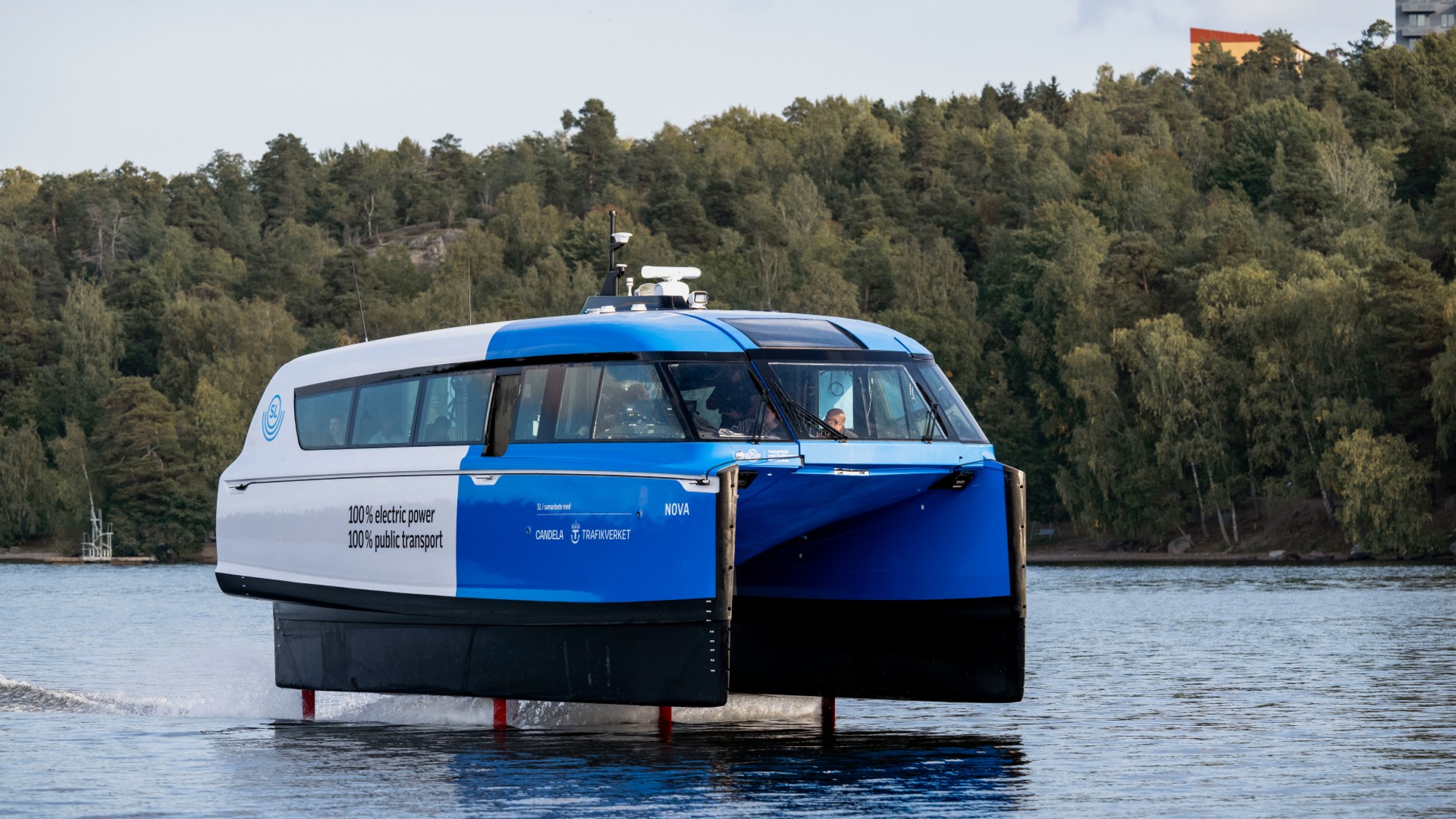
With the green energy trend of electric vehicles plateauing, one form of transportation is taking hold: electric ferries. While this industry has been on the uptick for a while, there are now cities throughout the globe that are using battery-powered vessels to shuttle passengers.
The concept of an electric vehicle is not new, but there are certain companies innovating within the electric ferry space. This includes one city in Sweden where the ferries are not only electric — they also fly.
Where are these ferries used?
Many cities are implementing electric ferries, given that "destinations the world over are clamoring for cleaner forms of energy," said Condé Nast Traveler. Locations using electric ferries include Hong Kong, Singapore and Dubai. Stockholm recently unveiled a fleet of electric ferries made by the company Candela that "rises above the waves on a set of underwater wings known as hydrofoils," said The Washington Post, allowing the ship to "travel faster than the diesel ferries that ply Stockholm's waterways while using much less energy." Sydney also announced that its ferry fleet will be all "locally built electric or hydrogen ferries by 2035," according to The Sydney Morning Herald.
The Week
Escape your echo chamber. Get the facts behind the news, plus analysis from multiple perspectives.

Sign up for The Week's Free Newsletters
From our morning news briefing to a weekly Good News Newsletter, get the best of The Week delivered directly to your inbox.
From our morning news briefing to a weekly Good News Newsletter, get the best of The Week delivered directly to your inbox.
American cities using electric ferries include San Francisco and Seattle, and the same company that built Stockholm's flying electric ferries plans to "launch a 30-passenger ferry" in Lake Tahoe, said the Reno Gazette-Journal, with service to "begin by late 2025 or early 2026." And in 2023, New York officials "introduced New York City's first public, hybrid-electric ferry," which was "equipped with a hybrid propulsion system that will reduce air pollution," according to a press release. These ferries went into commission in 2024.
Why are they booming now?
It's in large part due to the transportation sector's strain on the environment. Transportation "accounts for about a quarter of annual global greenhouse gas emissions; ships alone are responsible for nearly 3% of that, or about a billion metric tons of CO2 each year," said Condé Nast Traveler. Beyond this, putting more ferries into service "can help ease congestion on roads and existing public transit routes, while making transit cleaner, faster or more direct." Electric ferries "won't solve everything, but for short journeys they can significantly cut emissions and improve local air quality," Valentin Simon, a data analyst for the European nonprofit Transport & Environment, told the Post.
Electric ferries are a "zero-emission option for commuters who may instead have to take a car across a bridge in gridlocked traffic," Elise Sturrup, a marine researcher at the nonprofit International Council on Clean Transportation, said to Condé Nast Traveler. Electric ferries are also getting bigger and more fuel-efficient: The world's soon-to-be-largest electric ferry is currently being built in Tasmania. It will hold 2,100 people and will "carry passengers across the Río de la Plata, between Argentina's capital Buenos Aires and Uruguay," said ABC. The ferry will reportedly save 41,386 tons of carbon dioxide, the "equivalent of taking around 8,750 [gasoline] cars off the road."
Still, most of the cities using electric ferries were previously using traditional ferries, and "examples of cities introducing a ferry service where there previously was none are relatively rare," said Forbes. But "cities with extensive waterways, such as Stockholm, need to start viewing water as something that connects the city rather than divides it," Michaela Haga, chair of the Maritime Public Transport Committee in Region Stockholm, told Forbes. Through "innovation and collaboration with the private sector, public transport can be made both faster and more climate-friendly."
A free daily email with the biggest news stories of the day – and the best features from TheWeek.com
Justin Klawans has worked as a staff writer at The Week since 2022. He began his career covering local news before joining Newsweek as a breaking news reporter, where he wrote about politics, national and global affairs, business, crime, sports, film, television and other news. Justin has also freelanced for outlets including Collider and United Press International.
-
 Political cartoons for December 21
Political cartoons for December 21Cartoons Sunday’s political cartoons include Christmas movies, AI sermons, and more
-
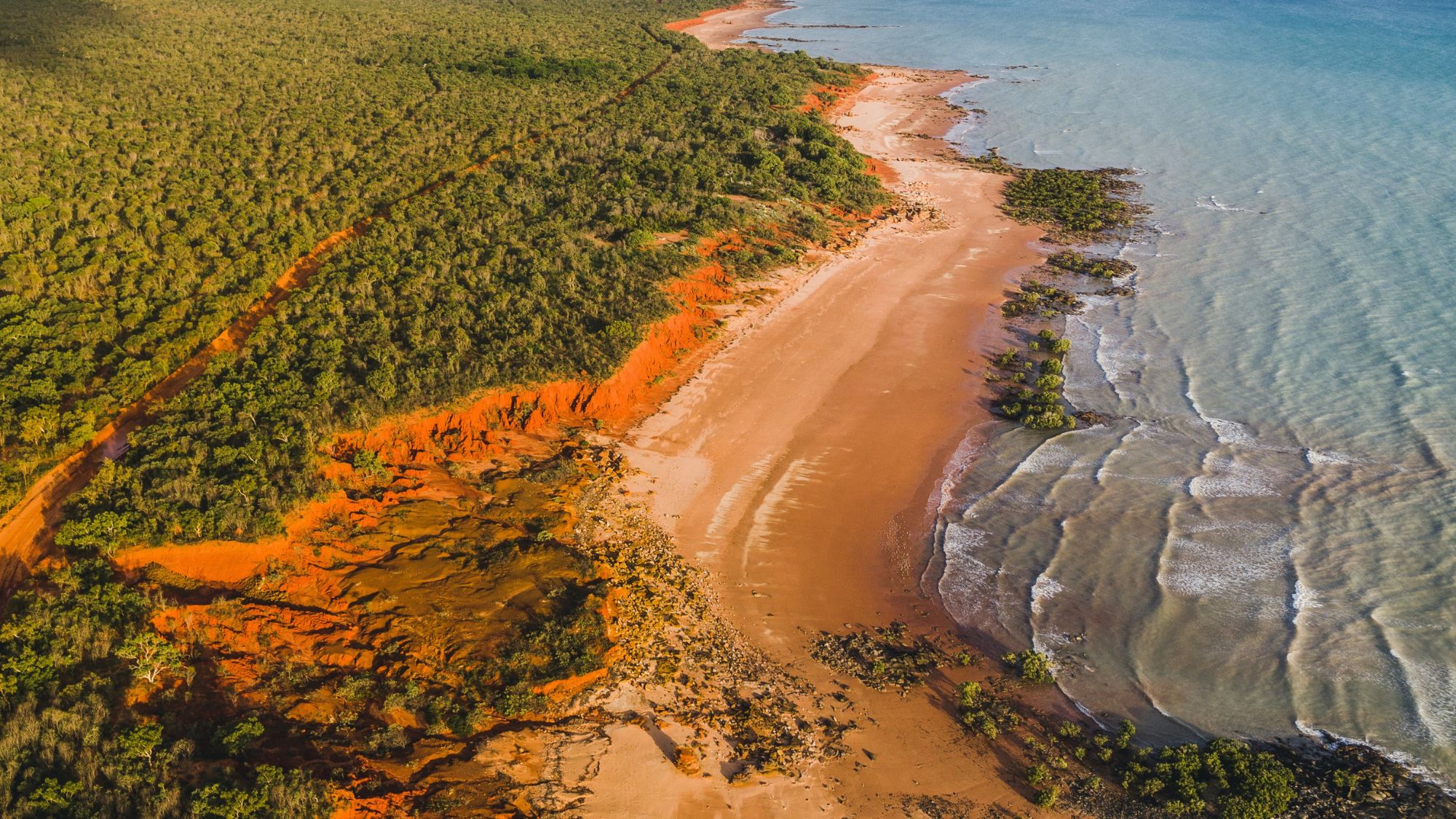 A luxury walking tour in Western Australia
A luxury walking tour in Western AustraliaThe Week Recommends Walk through an ‘ancient forest’ and listen to the ‘gentle hushing’ of the upper canopy
-
 What Nick Fuentes and the Groypers want
What Nick Fuentes and the Groypers wantThe Explainer White supremacism has a new face in the US: a clean-cut 27-year-old with a vast social media following
-
 Crest falling: Mount Rainier and 4 other mountains are losing height
Crest falling: Mount Rainier and 4 other mountains are losing heightUnder the radar Its peak elevation is approximately 20 feet lower than it once was
-
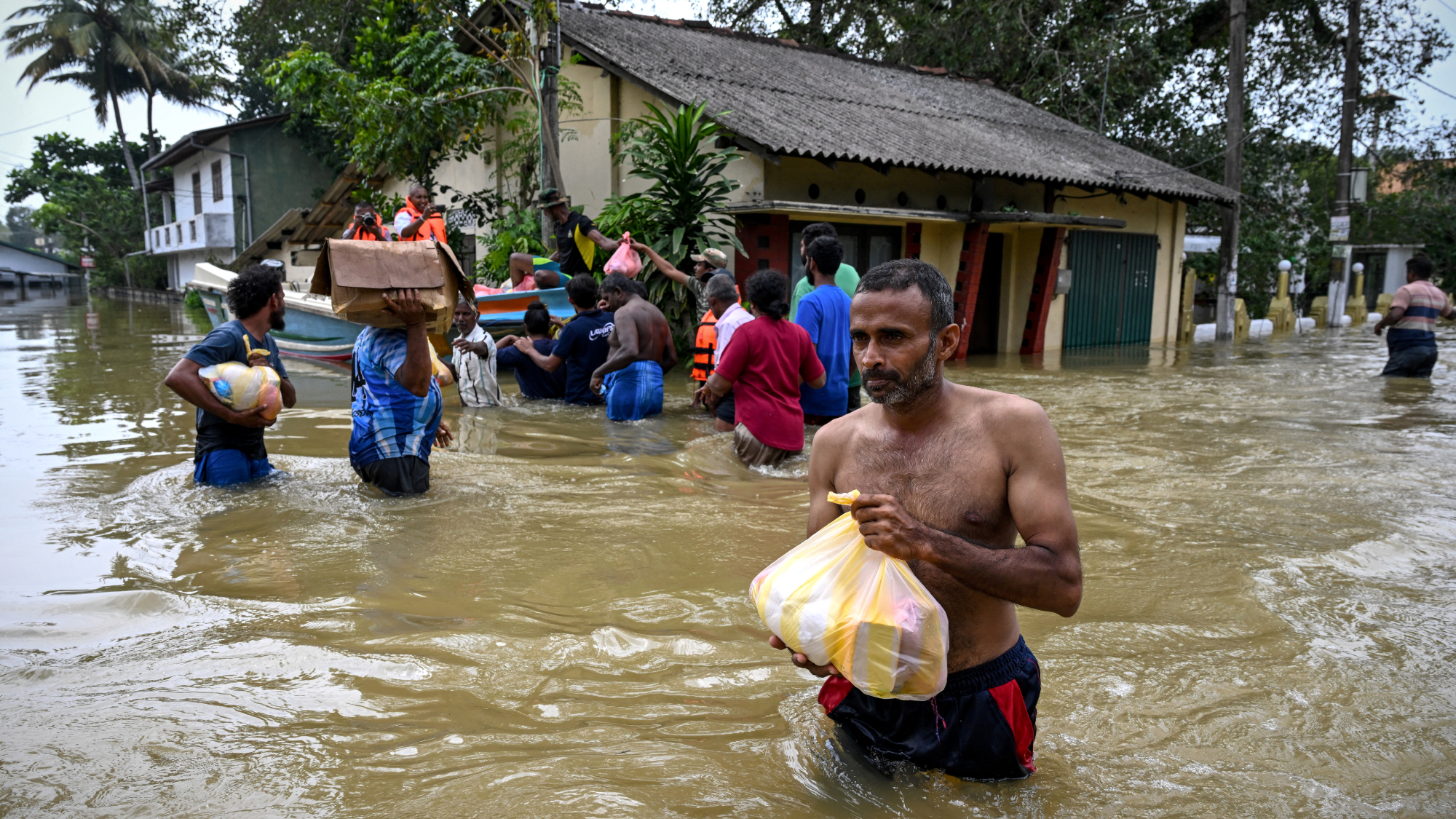 Death toll from Southeast Asia storms tops 1,000
Death toll from Southeast Asia storms tops 1,000speed read Catastrophic floods and landslides have struck Sri Lanka, Indonesia, Thailand and Malaysia
-
 Can for-profit geoengineering put a pause on climate change?
Can for-profit geoengineering put a pause on climate change?In the Spotlight Stardust Solutions wants to dim the sun. Scientists are worried.
-
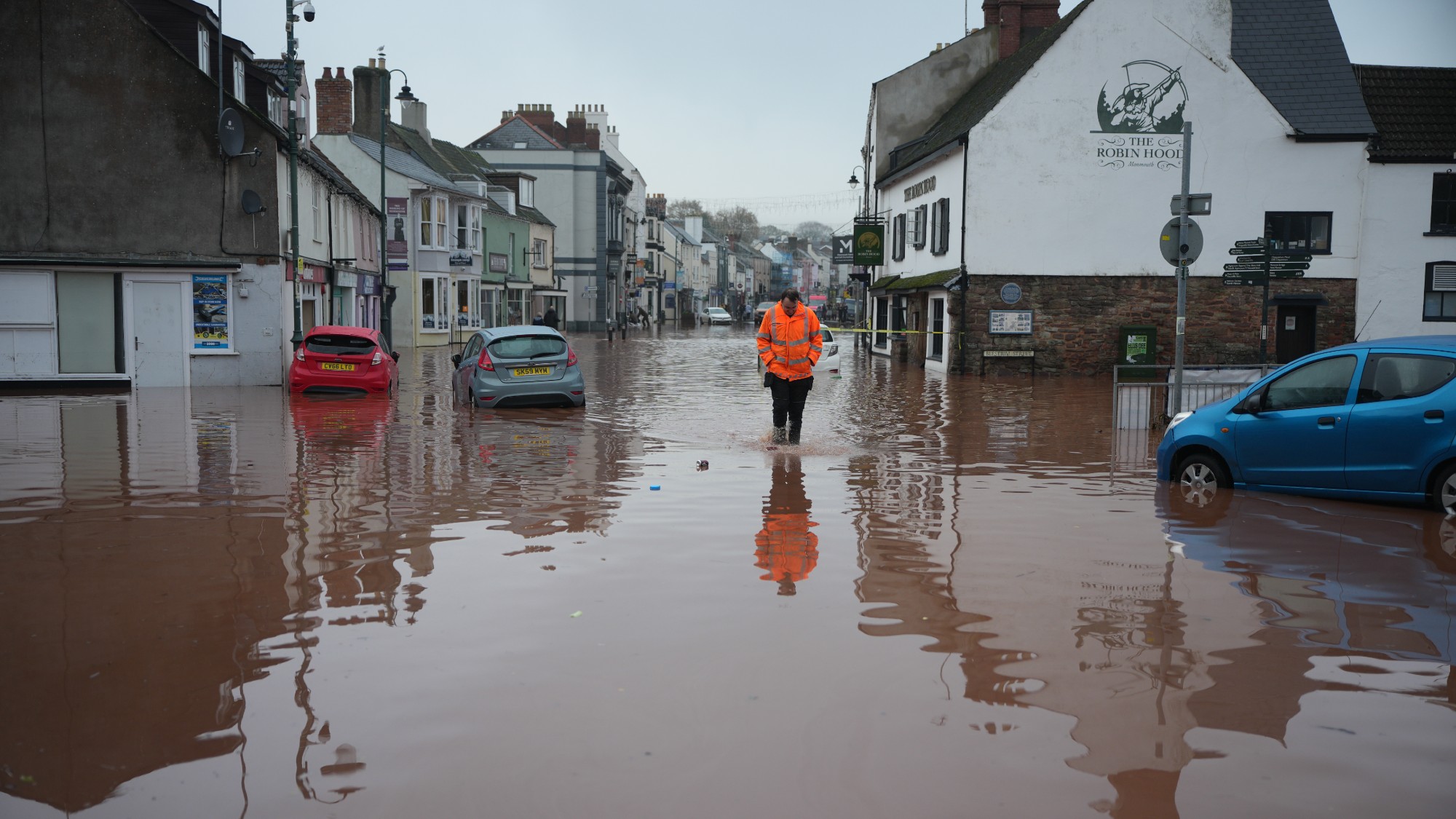 How will climate change affect the UK?
How will climate change affect the UK?The Explainer Met Office projections show the UK getting substantially warmer and wetter – with more extreme weather events
-
 Can the UK do more on climate change?
Can the UK do more on climate change?Today's Big Question Labour has shown leadership in the face of fraying international consensus, but must show the public their green mission is ‘a net benefit, not a net cost’
-
 Did Cop30 fulfil its promise to Indigenous Brazilians?
Did Cop30 fulfil its promise to Indigenous Brazilians?Today’s Big Question Brazilian president approves 10 new protected territories, following ‘unprecedented’ Indigenous presence at conference, both as delegates and protesters
-
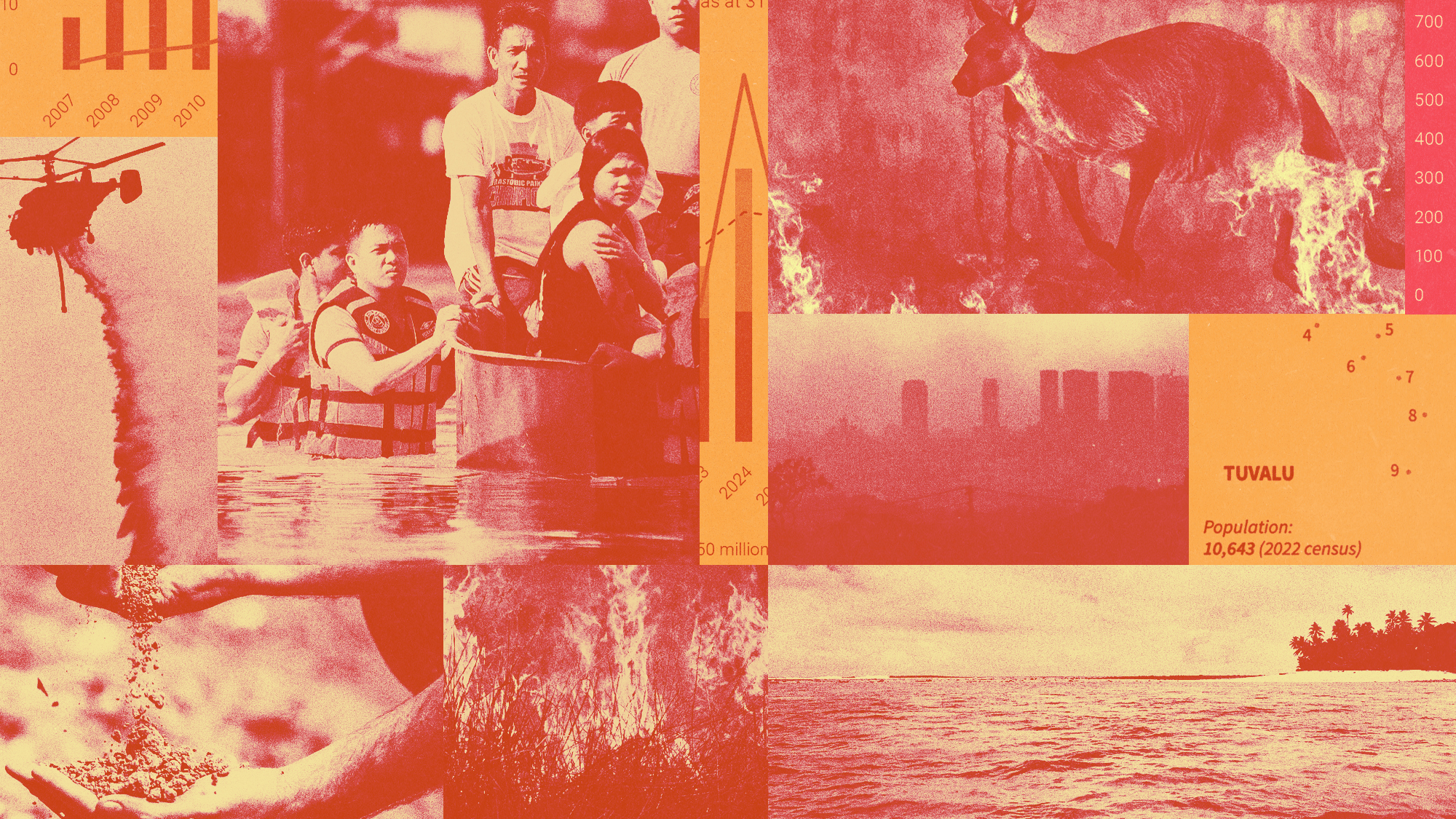 Can the world adapt to climate change?
Can the world adapt to climate change?Today's Big Question As the world gets hotter, COP30 leaders consider resilience efforts
-
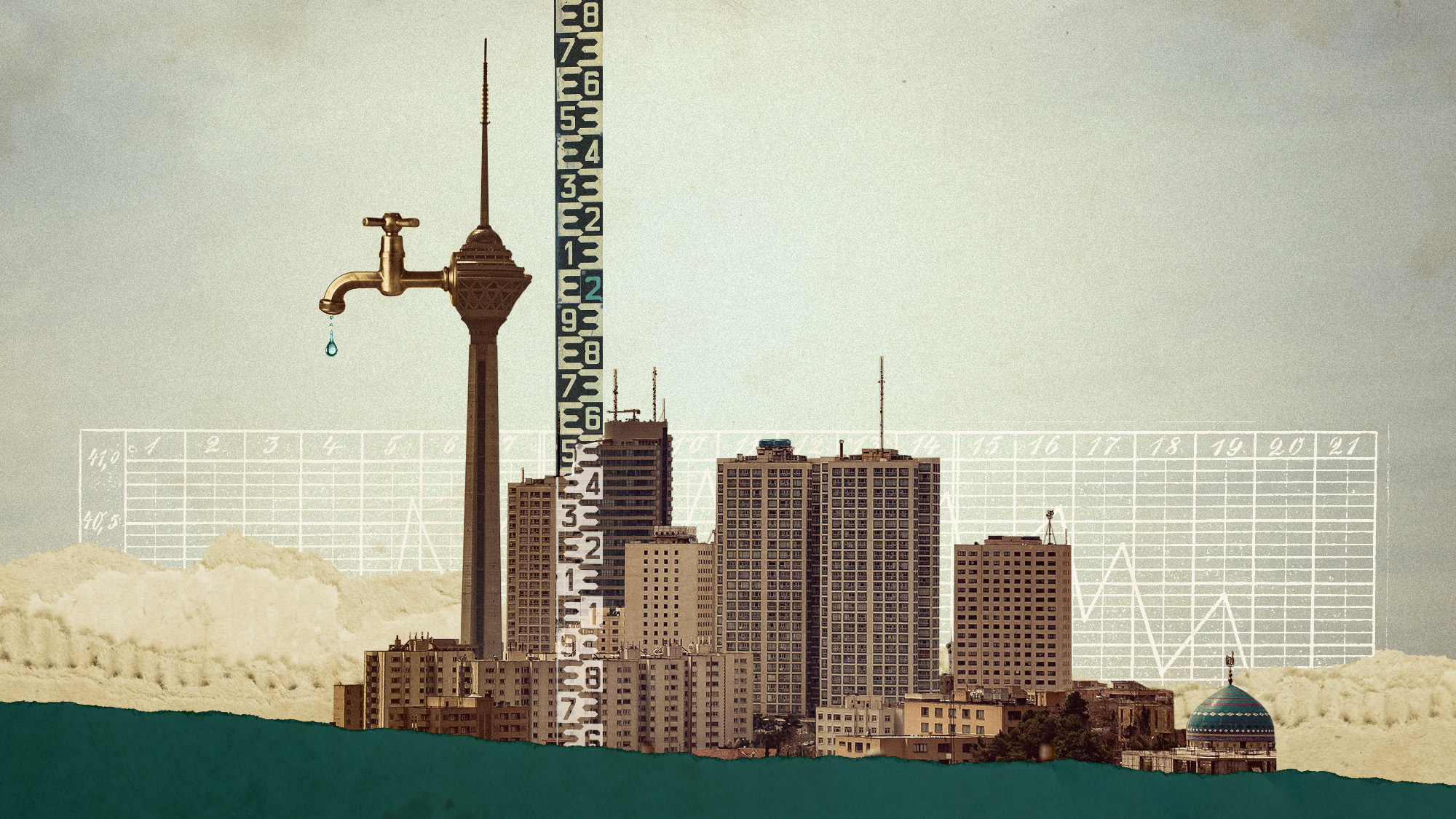 Taps could run dry in drought-stricken Tehran
Taps could run dry in drought-stricken TehranUnder the Radar President warns that unless rationing eases water crisis, citizens may have to evacuate the capital
